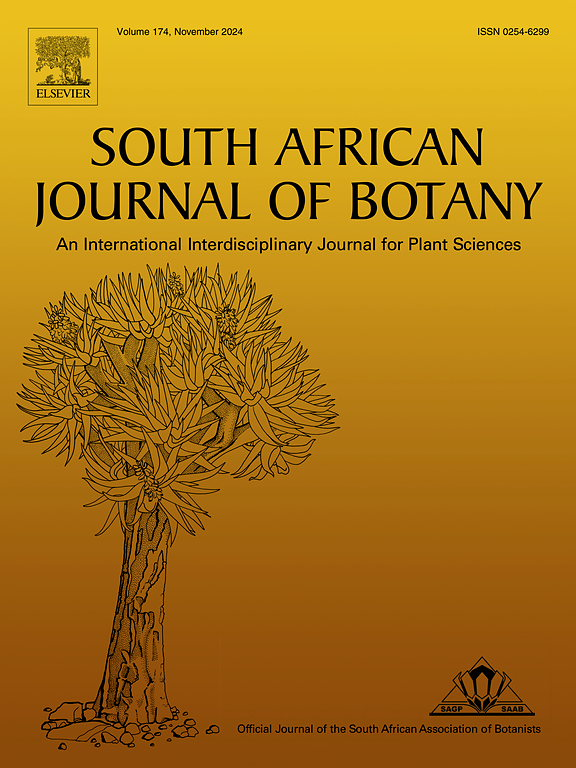Analysis of the chemical properties and larvicidal activity of essential oils from Ruta graveolens and Ruta montana against Culiseta longiareolata: Toxicity, enzymatic and biochemical alterations
IF 2.7
3区 生物学
Q2 PLANT SCIENCES
引用次数: 0
Abstract
The mosquito Culiseta longiareolata (Diptera, Culicidae) is recognized as a vector for numerous detrimental diseases, necessitating efforts to maintain its population below threshold levels. In light of this, essential oils (EOs) are increasingly recognized as promising alternatives for improving pest management strategies. Therefore, this study intends to evaluate the larvicidal activity of Ruta montana and Ruta graveolens essential oils against Culiseta longiareolata (Aitken, 1954) (Culicidae). The GC-MS analysis detected 8 compounds in Ruta graveolens, primarily 2-Undecanone (47.72%) and 1-Nonene (22.56%). Conversely, Ruta montana revealed 6 compounds, with 2-Undecanone (64.35%) and 1-Octadecanol (15.90%) as its major constituents. The toxicity results revealed strong larvicidal activity against C. longiareolata larvae (L4), with LC50 values of 30.24ppm for R. montana and 27.21ppm for R. graveolens. Furthermore, these essential oils significantly affect the biochemical composition of the larvae, leading to marked reductions in carbohydrates, lipids, and proteins. Notably, they also exhibit a detoxifying effect, as evidenced by substantial increases in biomarkers including glutathione S-transferase and catalase. These essential oils have the potential to serve as novel mosquito control agents derived from plant sources, offering an alternative to chemical larvicides.

求助全文
约1分钟内获得全文
求助全文
来源期刊

South African Journal of Botany
生物-植物科学
CiteScore
5.20
自引率
9.70%
发文量
709
审稿时长
61 days
期刊介绍:
The South African Journal of Botany publishes original papers that deal with the classification, biodiversity, morphology, physiology, molecular biology, ecology, biotechnology, ethnobotany and other botanically related aspects of species that are of importance to southern Africa. Manuscripts dealing with significant new findings on other species of the world and general botanical principles will also be considered and are encouraged.
 求助内容:
求助内容: 应助结果提醒方式:
应助结果提醒方式:


